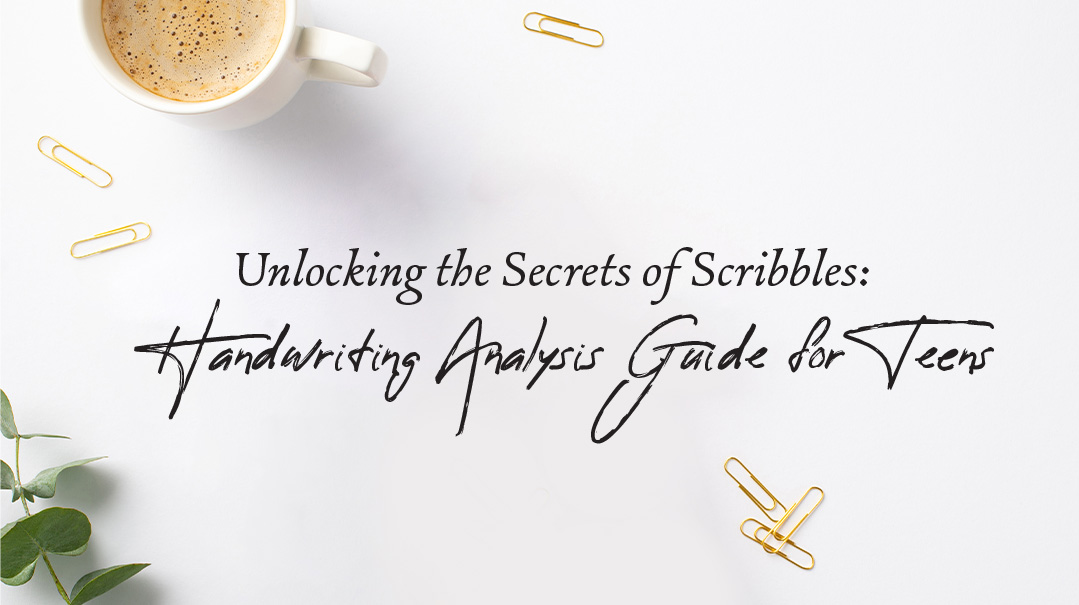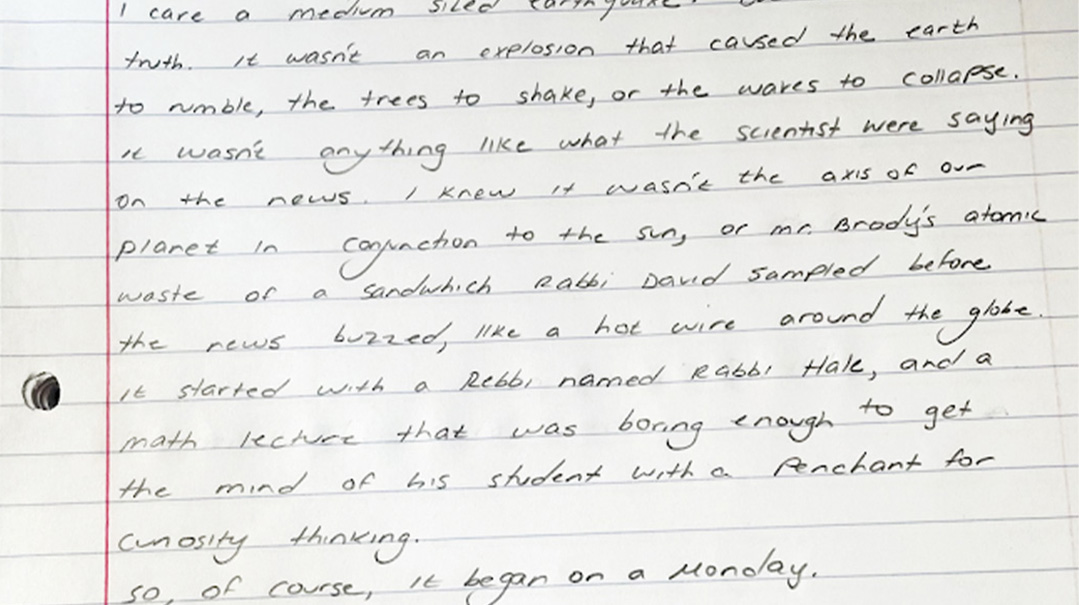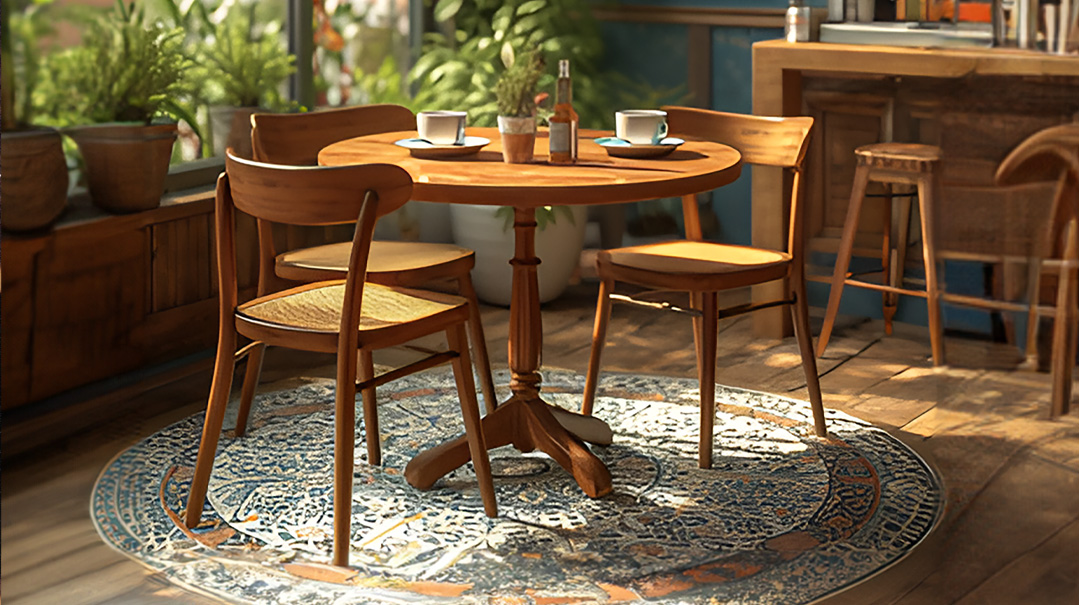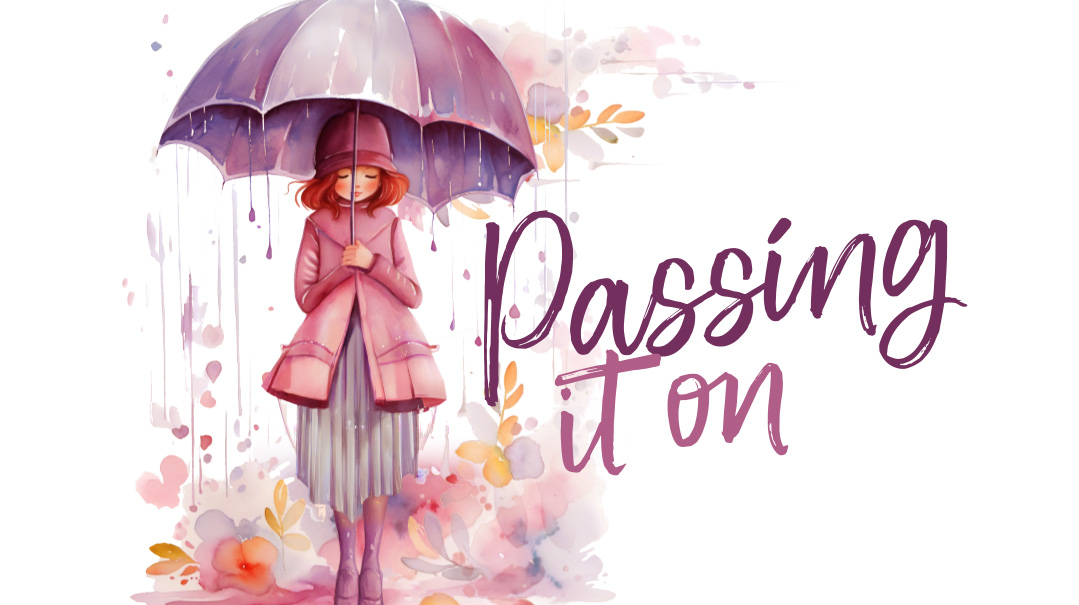Unlocking the Secrets of Scribbles
| May 1, 2024Handwriting Analysis Guide for Teens

Ever wondered what your scribbles, loops, and lines say about you?
It could show you a glimpse into your psyche, revealing personality traits and potential health risks.
It isn’t just about dotting your i's and crossing your t's; it's an art form that might reveal your inner self. So pull out your last sheet of notes, and welcome to the world of handwriting analysis!
Handwriting analysis existed even in ancient times, but it wasn't until the 17th century that it gained serious ink. Italians studied it in universities to gain understanding of human nature and identity, and a Frenchman coined the word “graphology” combining the Greek words graphe, meaning “to write” and logos, meaning “theory.” Fast, forward to the 20th century, when the field of graphology spread like wildfire thanks to countless books that kickstarted a new era. Today, it's used for everything from forensic analysis to figuring out if your best friend really has your back.
Graphologist Crimestoppers
Handwriting analysis can save the day! Graphology has even been used to fight crime. When Henry Grunfeld noticed some money missing from his family’s law firm in Germany, he suspected the robber to be someone who applied for a job and did not receive one. He hired a graphologist who successfully caught the thief.
Grunfeld so believed in the accuracy and merits of graphology, that he used to have job applicants provide a handwriting sample before being hired. He said that there was not a single case in 60 years where graphologists provided an incorrect assessment.
The Science Behind the Strokes:
So, how does it work?
Scientists and graphologists often disagree over the answer to this question. Many point to studies linking specific handwriting traits to certain personality characteristics. For instance, a clear and legible handwriting suggests that you're an open and reliable individual, while overly embellished letters hint at a penchant for drama.
The theory goes that the brain controls your handwriting; therefore, by analyzing someone's writing, you can understand their brain's workings. It's like a snapshot of the writer's mental state at the moment of writing. Each loop, pressure point, and spacing has its own story to tell, from how you handle stress to how you interact with others.
Ready to play detective with your own diary? Remember that sheet of notes? Go grab it, and let’s look at some basic principles to get you started!
Analyzing Your Own Handwriting
Size Matters
Large Letters: You're outgoing and probably love being the center of attention.
Small Letters: You may be more introverted, focused, and you are able to concentrate for long periods.
Spacing Is Key
Wide Spaces Between Words: You enjoy freedom and don't like to be overwhelmed.
Narrow Spaces: You might dislike being alone and tend to crowd your schedule (and maybe your social circle).
Pressure Points
Heavy Pressure: You likely have strong emotions. You're committed and possibly just a bit strong willed.
Light Pressure: You're adaptable!
The Slant
Right Slant: You're open to the world around you, expressing feelings freely.
Left Slant: You might be reserved and like to keep your emotions to yourself.
No Slant: Logic over emotions, you're pragmatic and straightforward.
Loops and Hooks
Loopy L’s: Dreamer alert! You likely have a rich imagination.
Hooked G’s: You might be highly motivated and focused on your goals.
Signature Style
Your signature is your personal logo. If it's legible, you're straightforward and comfortable in your own skin. An illegible signature? You might be private or hard to read, protecting your true self from others.
Of course, a handwriting analysis feature wouldn’t be complete without a little bit of analysis. So, here’s a snippet of writing to be deciphered. Let’s see how you do!

Size: The letters are quite small — there were certain places where you’d have to squint to see them!
Score: Mostly introverted, focused, outgoing occasionally.
Spacing: This one was a no-brainer; there are nice large spaces between the words.
Score: Enjoys freedom, doesn’t like to feel overwhelmed.
Pressure: The letters are usually dark and indented on the back page, showing that the person writes pretty hard.
Score: Strong emotions, highly committed, a bit stubborn.
Slant: Right facing slant.
Score: Open to the world, expresses feelings freely.
The Caveat:
While diving into the depths of your doodles can be enlightening (and a ton of fun), remember that your personality can't be fully captured by how you jot down your to-do lists. Handwriting analysis is more art than science, and a fun way for us to reflect and understand ourselves a little bit better. So the next time you come across an old Navi test, give those letters a second glance — they might tell you some fun hints about yourself!
(Originally featured in Cozey, Issue 1009)
Oops! We could not locate your form.







